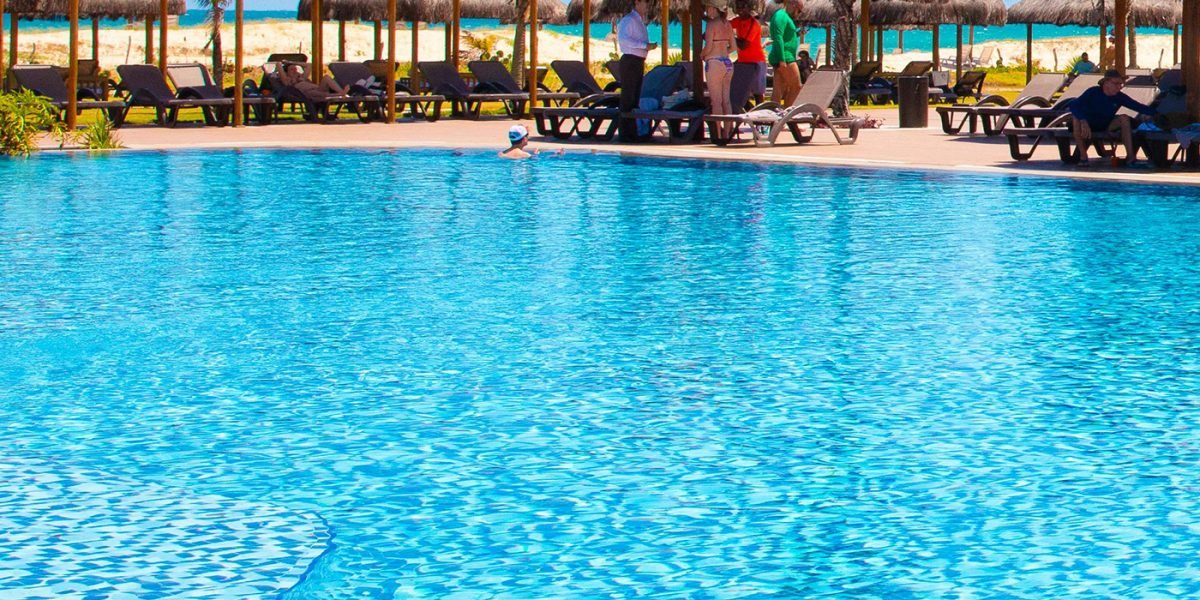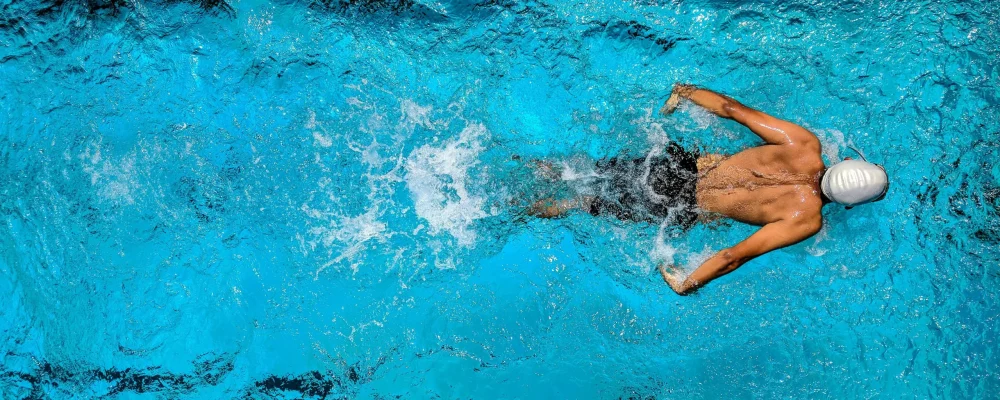
A salt chlorine generator (SCG) is the heart of a modern pool sanitation system. It continuously converts salt into chlorine, helping maintain clean and safe water with minimal manual intervention. However, choosing the right size generator is critical.
A generator that’s too small won’t keep your pool clean, while one that’s too big can waste energy and cost more money. This article shows you how to pick a salt chlorine generator that gives your pool the right amount of chlorine, saves you energy and money, and is easy to use.
Each pool is different, and many factors affect the amount of chlorine required to keep the water clean:
Bather Load: The number of swimmers and frequency of use directly impact chlorine demand. A private pool used occasionally by a couple differs significantly from one frequently hosting families or guests.
Climate and Sunlight: Warm weather and intense UV exposure hasten chlorine breakdown. Pools in hotter climates or exposed to direct sunlight may require 20-30% more chlorine than shaded or colder areas.
Water Chemistry Balance: Keeping ph, water’s ph balance, and stabilizer levels within the right range increases chlorine efficiency. Imbalanced water accelerates chlorine loss and makes the generator work harder.
Environmental Debris: Pools by trees, plants, or in windy spots pick up more leaves and debris, so they need extra chlorine.
Understanding these variables allows you to predict your daily chlorine requirement. Many manufacturers include charts or calculations based on geography, pool type, and consumption level. Always err on the side of slightly higher chlorine requirements to guarantee consistent sanitation.
After understanding your chlorine demand, the next step is sizing the SCG to your pool’s water volume:
Calculate Your Pool Volume:
Use the standard formula:
Rectangular pools: Length × Width × Average Depth × 7.5 = Gallons
Freeform or irregular pools: estimate surface area × average depth × 7.5
Compare with Generator Output Ratings:
Salt chlorine generators usually show either the pool size they support (for example, 15,000 or 30,000 gallons) or how much chlorine they make in a day (about 1 lb). Pick a model rated for at least 1.5 times your pool’s size so it won’t always have to run flat‐out and wear out the cell too quickly.
Account for Real-World Factors:
A 15,000-gallon pool in normal conditions is fine with a 1 lb/day generator. But if you live somewhere hot or swim often, pick one rated for at least 20,000 gallons so it lasts longer and works more efficiently.
Beyond sizing, modern salt chlorine generators offer features that enhance performance and make maintenance easier:
Variable Output Controls: Choose models with timers or low-power modes so they use less electricity when demand is low, like at night or when you’re on vacation.
Smart Monitoring Systems: Many contemporary SCGS include integrated sensors for salt content, water temperature, and flow. Some even connect to pool automation systems, allowing you to monitor and change chlorine levels remotely.
Durable Cell Technology: Choose generators with high-quality titanium cells and sophisticated coatings such as MMO. These resist corrosion and have a longer service life. Models with self-cleaning or reverse polarity functions require less manual maintenance.
Energy Efficiency Features: Pick a model with timers or low-output settings to cut electricity use when demand is low, such as at night or when you’re on vacation.
Future-Proof Design: If you think you might make your pool bigger, add a spa, or use it more later on, pick a model you can upgrade or that’s rated for a larger pool size.
Pick a salt chlorine generator by figuring out how much chlorine your pool needs, measuring its water volume, and choosing a model with enough power and features to handle both current and future demands. This ensures a low maintenance, efficient system that keeps your water clean and adapts as your pool use or size changes.
